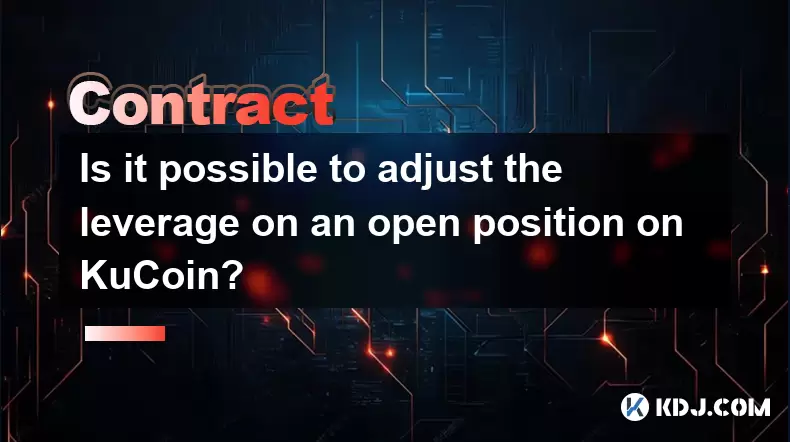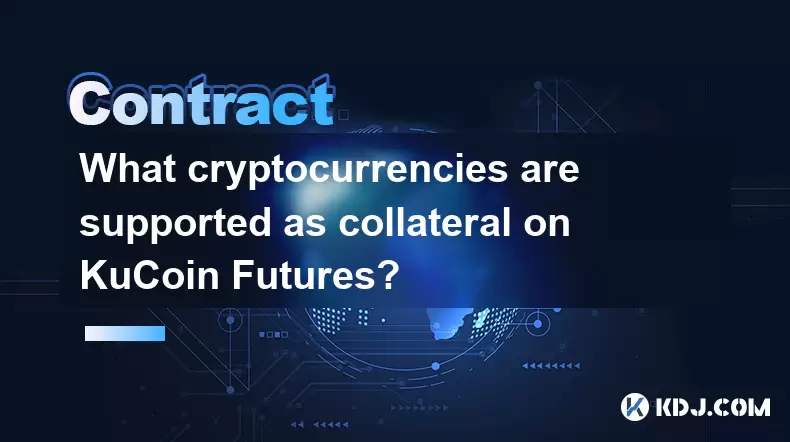-
 Bitcoin
Bitcoin $117800
0.42% -
 Ethereum
Ethereum $4436
0.39% -
 XRP
XRP $3.106
0.86% -
 Tether USDt
Tether USDt $1.001
0.04% -
 BNB
BNB $835.4
1.26% -
 Solana
Solana $188.8
2.21% -
 USDC
USDC $0.9999
0.00% -
 Dogecoin
Dogecoin $0.2302
2.98% -
 TRON
TRON $0.3484
-1.05% -
 Cardano
Cardano $0.9212
-1.20% -
 Hyperliquid
Hyperliquid $46.77
-0.77% -
 Chainlink
Chainlink $22.76
5.64% -
 Stellar
Stellar $0.4278
0.68% -
 Sui
Sui $3.771
2.39% -
 Bitcoin Cash
Bitcoin Cash $583.7
-0.91% -
 Ethena USDe
Ethena USDe $1.001
0.04% -
 Hedera
Hedera $0.2520
2.88% -
 Avalanche
Avalanche $24.28
2.56% -
 Litecoin
Litecoin $120.1
1.44% -
 Toncoin
Toncoin $3.452
1.46% -
 UNUS SED LEO
UNUS SED LEO $9.409
-0.95% -
 Shiba Inu
Shiba Inu $0.00001298
2.02% -
 Uniswap
Uniswap $11.01
3.56% -
 Polkadot
Polkadot $3.962
2.81% -
 Dai
Dai $1.000
0.00% -
 Bitget Token
Bitget Token $4.639
1.16% -
 Cronos
Cronos $0.1511
-0.06% -
 Ethena
Ethena $0.7254
2.87% -
 Monero
Monero $255.7
7.41% -
 Pepe
Pepe $0.00001101
2.80%
How to play Poloniex BTC contract
To participate in Poloniex's BTC contract trading, prospective traders should first familiarize themselves with the concept of futures contracts, fund their accounts, and devise a suitable trading strategy.
Dec 01, 2024 at 05:38 pm

How to Play Poloniex BTC Contract
Introduction
Poloniex, a reputable cryptocurrency exchange, offers a robust platform for trading futures contracts, including Bitcoin (BTC) contracts. BTC contracts provide traders with the opportunity to speculate on the price fluctuations of Bitcoin, potentially amplifying profits or mitigating losses compared to traditional spot trading. Understanding the essential steps involved in playing Poloniex BTC contracts is crucial for navigating this market effectively.
Step 1: Understanding BTC Futures Contracts
Futures contracts are agreements to buy or sell a specific asset at a predetermined price on a future date. In the case of Poloniex BTC contracts, the underlying asset is Bitcoin. Traders can either take a long position (agreeing to buy BTC at a future price) or a short position (agreeing to sell BTC at a future price). The contract expiry date designates the settlement date for the contract.
Step 2: Opening an Account and Funding
To begin trading Poloniex BTC contracts, one must register for an account on the exchange. After completing the account verification process, traders need to fund their account with either cryptocurrency or fiat currency. Multiple deposit methods are available, including wire transfer, cryptocurrency deposits, and credit/debit cards.
Step 3: Choosing a Trading Strategy
Developing a comprehensive trading strategy is essential for success in futures trading. Traders can choose from various strategies, including trend following, scalping, and hedging. Trend following involves identifying and aligning with the prevailing market trend, while scalping seeks to capitalize on short-term price fluctuations. Hedging aims to reduce risk by offsetting positions across different markets.
Step 4: Placing an Order
Placing an order involves selecting the contract type (perpetual or quarterly), specifying the contract size, and choosing the order type. The contract size represents the amount of Bitcoin equivalent to the contract. Order types include market orders (executed at the current market price), limit orders (executed at a specified price), and stop orders (triggered when a certain price level is reached).
Step 5: Managing Risk
Risk management is paramount in futures trading, where losses can exceed the initial investment. Traders should employ risk-limiting measures such as setting stop-loss orders (setting a threshold for selling to limit losses) and position sizing (determining the appropriate contract size based on account balance).
Step 6: Monitoring and Adjusting
Once a trade is placed, traders should continuously monitor the market and adjust their positions as necessary. Technical analysis tools and chart patterns can aid in identifying potential price reversal points. Traders may need to close out profitable positions early to secure gains or add to losing positions to mitigate losses.
Step 7: Settlement and Delivery
The settlement of a BTC contract typically involves the physical delivery of Bitcoin or cash equivalent on the contract expiry date. However, in the case of perpetual swap contracts on Poloniex, the settlement is handled through a mark-to-market system where traders exchange the difference between the opening and closing prices of the contract.
Step 8: Additional Considerations
- Leverage: Poloniex offers leverage of up to 100x on BTC contracts. Traders should exercise extreme caution when utilizing high leverage due to the amplified potential for both profits and losses.
- Margin: Traders need to maintain sufficient margin in their account to cover potential losses. The margin requirement varies depending on the contract size and leverage used.
- Fees: Poloniex charges trading fees for BTC contracts, which can impact profitability. Traders should familiarize themselves with the fee structure to estimate their expenses accurately.
Disclaimer:info@kdj.com
The information provided is not trading advice. kdj.com does not assume any responsibility for any investments made based on the information provided in this article. Cryptocurrencies are highly volatile and it is highly recommended that you invest with caution after thorough research!
If you believe that the content used on this website infringes your copyright, please contact us immediately (info@kdj.com) and we will delete it promptly.
- Kazakhstan's Crypto Leap: Bitcoin ETF and Central Asia's Digital Finance Future
- 2025-08-13 12:45:19
- BlockDAG Presale Blazes Past $371M: Fundraising Frenzy Fuels Crypto Sensation
- 2025-08-13 13:05:21
- Meme Coins: Chasing the 2025 Surge – Which Will Moonshot?
- 2025-08-13 10:25:23
- Bitcoin's Wild Ride: Rally, Pullback, and What's Next
- 2025-08-13 10:25:23
- Bitcoin, Bitmax, and Institutional Demand: A New Era of Crypto Investment
- 2025-08-13 10:45:12
- Solana, ROAM, and Airdrops: What's the Buzz in 2025?
- 2025-08-13 11:35:13
Related knowledge

Is it possible to adjust the leverage on an open position on KuCoin?
Aug 09,2025 at 08:21pm
Understanding Leverage in KuCoin Futures TradingLeverage in KuCoin Futures allows traders to amplify their exposure to price movements by borrowing fu...

What cryptocurrencies are supported as collateral on KuCoin Futures?
Aug 11,2025 at 04:21am
Overview of KuCoin Futures and Collateral MechanismKuCoin Futures is a derivatives trading platform that allows users to trade perpetual and delivery ...

What is the difference between realized and unrealized PNL on KuCoin?
Aug 09,2025 at 01:49am
Understanding Realized and Unrealized PNL on KuCoinWhen trading on KuCoin, especially in futures and perpetual contracts, understanding the distinctio...

What different order types are available to use on KuCoin Futures?
Aug 13,2025 at 11:35am
Understanding Order Types on KuCoin FuturesKuCoin Futures offers a comprehensive range of order types to accommodate different trading strategies and ...

How does KuCoin Futures compare against Binance Futures in terms of features?
Aug 09,2025 at 03:22am
Trading Interface and User ExperienceThe trading interface is a critical component when comparing KuCoin Futures and Binance Futures, as it directly i...

How can I manage risk when applying high leverage on KuCoin?
Aug 13,2025 at 11:35am
Understanding High Leverage and Its Implications on KuCoinHigh leverage in cryptocurrency trading allows users to control larger positions with a rela...

Is it possible to adjust the leverage on an open position on KuCoin?
Aug 09,2025 at 08:21pm
Understanding Leverage in KuCoin Futures TradingLeverage in KuCoin Futures allows traders to amplify their exposure to price movements by borrowing fu...

What cryptocurrencies are supported as collateral on KuCoin Futures?
Aug 11,2025 at 04:21am
Overview of KuCoin Futures and Collateral MechanismKuCoin Futures is a derivatives trading platform that allows users to trade perpetual and delivery ...

What is the difference between realized and unrealized PNL on KuCoin?
Aug 09,2025 at 01:49am
Understanding Realized and Unrealized PNL on KuCoinWhen trading on KuCoin, especially in futures and perpetual contracts, understanding the distinctio...

What different order types are available to use on KuCoin Futures?
Aug 13,2025 at 11:35am
Understanding Order Types on KuCoin FuturesKuCoin Futures offers a comprehensive range of order types to accommodate different trading strategies and ...

How does KuCoin Futures compare against Binance Futures in terms of features?
Aug 09,2025 at 03:22am
Trading Interface and User ExperienceThe trading interface is a critical component when comparing KuCoin Futures and Binance Futures, as it directly i...

How can I manage risk when applying high leverage on KuCoin?
Aug 13,2025 at 11:35am
Understanding High Leverage and Its Implications on KuCoinHigh leverage in cryptocurrency trading allows users to control larger positions with a rela...
See all articles

























































































